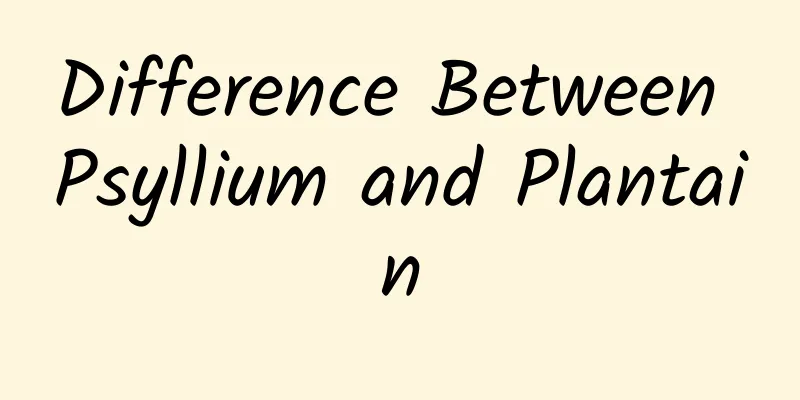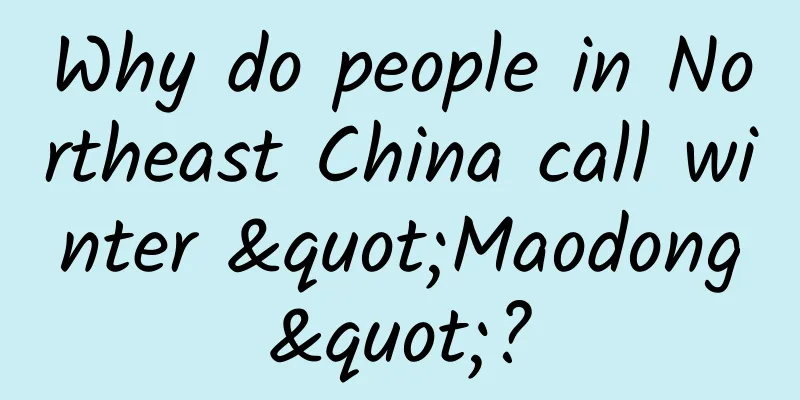The efficacy and function of Faroe Sea

|
Traditional Chinese medicine culture is profound and extensive, and Chinese medicinal materials account for a large proportion of it. Do you know about Faroe Sea? What are its effects and functions, and how to eat it? I believe many people are very interested in it. Let me tell you one by one below. [Alias] Fa Luo Hai, Fa Luo Mei, Tu Chuan Xiong, Fa Luo Hai, Fa Luo Mei, Sao Du Huo, Hong Du Huo, Bai Du Huo, Xiao Du Huo, Red Fa Luo Hai, Stinky Fa Luo Hai [Source] Medicinal material source: The root of Aba Angelicae Sinensis of the Umbelliferae family. [Original form] Perennial herb, 1-2m high. The root is cylindrical, up to 20 cm long, 1-4 cm in diameter, brown in color, with purple membranous leaf sheath fibers remaining at the top. The stem is thick, hollow, purple, and covered with white short hairs. The base of the petiole of the lower stem leaves is swollen into a broad ovate, broad-capped sheath that is 6-8cm long and 10cm wide; the leaf blade is oblong or triangular-ovate in outline, pinnate-divided two to three times, with 3-4 pairs of pinnate lobes, the terminal lobe oblong to lanceolate, 4-5cm long, 1.5-2.5cm wide, acuminate at the apex, with blunt serrations on the margins; the leaves on the upper stem are simplified, with only broad sheaths with 3-lobed leaflets. The compound umbel is terminal or lateral, up to 20 cm in diameter; the peduncle is 16-20 cm long and coarsely pubescent; the involucral bracts are 5-9, lanceolate; the rays are 30-65, purple, and pubescent; the involucral bracteoles are 4-8, linear, and the umbel has 25-50 flowers; the calyx teeth are not obvious; the petals are 5, white; the stylopodium is short conical. The fruit is oval to broadly round, yellow-brown, thick, with broad winged lateral ridges that are as wide as or wider than the fruit body, and there is one oil tube in each groove. The flowering period is from July to September, and the fruiting period is from August to October. [Habitat distribution] Ecological environment: Growing in alpine grasslands and alpine hillside shrubs. [Properties] Characteristic identification: The root and leaves are cylindrical or conical, usually single-branched, with 2-4 branches at least. 7-25cm long, 2-4cm in diameter. The surface is brown or dark brown, and there are several layers of membranous leaf sheaths around the reed head, which are purple-red and commonly known as "red tassel". There are many dense rings on the surface near the head of the rhizome, with obvious lenticels and irregular wrinkles on the lower part. The cross section is yellowish-white with brown rings and cracks, showing a chrysanthemum texture, with many oil spots, and a horizontal partition on the longitudinal section near one end of the reed head. The body is light and foamy. It has a strong aroma, bitter taste, spicy and numbing tongue. 【Chemical composition】 The root contains oxypeucedanin, isoimperatorin, oxypeucedanin hydrate, byakangelicol, byakangelicin, pabulenol, apaensin, and also contains lignocericacid, β-sitosterol and γ-sitosterol. 【Pharmacological action】 1. Analgesic effect: Oral administration of 200 mg/kg and 300 mg/kg of Faroe Sea total coumarin has a significant analgesic effect on the pain response induced by the hot plate method and chemical (potassium antimony tartrate) stimulation in mice, and the effect is enhanced with increasing doses. [Toxicity] The median lethal dose of Faroe sea root extract administered orally to mice is 800 ± 53 mg/kg. The median lethal dose of total coumarin in Faroe Sea administered to mice by oral administration is 2150 ± 25 mg/kg. The main symptoms of poisoning are excitement first, then convulsion, respiratory arrest first, and finally cardiac arrest in diastole. 【Identification】 1. When the root cross section is observed under ultraviolet light (254nm), the cortex shows bright yellow fluorescence. When one drop of concentrated ammonia solution is added, it shows yellow-green fluorescence. [Processing] Take the original medicinal materials, remove impurities, wash, soak, cut into thin slices, and dry. Medicinal properties: Irregular round-shaped slices, yellow-white surface; dark brown and rough edges. Has a strong aroma. Store in dry container, tightly closed, in a cool and dry place. 【Nature and flavor】 Spicy; bitter; warm 【Meridian】 Spleen, Liver, Lung meridians 【Functions and indications】 Regulating qi and relieving pain; relieving cough and asthma. Mainly used for chest, flank, abdominal pain; headache; cough and asthma [Usage and Dosage] For oral administration: decoct in water, 6-15g; or make into pills or powder. 【Note】 Sichuan Traditional Chinese Medicine Annals, 1960 edition: "It is contraindicated for patients with yin deficiency, heat, and gastric disease who spit blood." [Additional recipe] It is produced in the village of Faluohai in Fagadi, Dongchuan Prefecture, Yunnan, hence the name Faluohai, also written as Faluohai. It is also known as Faluomei, "Mei" is a mistake of "Hai". Its stems and leaves resemble those of Chuanxiong, so it is also called native Chuanxiong. 【Explanations by various scholars】 "Supplement to Gangmu": "In Jiyou, a friend of mine suffered from heart and stomach pain. A guest brought this from Yunnan and called it Faluomei. The root is used, and its shape is as strict as that of Dangshen, and its color is also yellow and white. It tastes sweet and bitter, and the disease is cured after taking it. It is said that the people there all call it Faluohui, but I don't know why the book uses the word Mei. Cai Yunbai said: Jianshen, the people of Fujian call it Faluomei." 【Excerpt】 Chinese Materia Medica Through the detailed introduction of the Faroe Sea, I believe everyone has a certain understanding and can better improve our common sense of life. |
<<: The efficacy and function of ginkgo leaves
>>: The efficacy and function of hair algae
Recommend
The efficacy and function of spring-flowering Lespedeza
Spring flower Lespedeza is one of the common trad...
Did the Lifang system affect the people's "freedom to open the door"? Looking at the planning of ancient Chinese cities from the perspective of the Twelve Hours in Chang'an
one Seen from the ancient Tang Chang'an The p...
It’s not like the same thing, but it’s also quite similar. Where does the flavor of fruit drinks come from?
Review expert: Wang Guoyi, Postdoctoral Fellow in...
Is the Chinese medicine motherwort effective?
When talking about motherwort, people will think ...
Nature Trumpet丨When the Asian river dolphin plays with the snake, an indescribable scene happens...
Welcome to the 8th issue of the Nature Trumpet co...
Are nano products a waste of money? In fact, nanotechnology is not just "small"
The word “nano” sounds so technological, so putti...
The efficacy and function of tangerine peel
What are the functions of tangerine peel? As a tr...
The efficacy and function of the pointed calyx thick skin fragrance
Not only can the pointed-calyx thick-skinned frag...
Ministry of Culture and Tourism: Statistical Communiqué on the Development of Culture and Tourism in 2018
2018 is a crucial year for building a moderately ...
When is the best time to take Chinese medicine for colds?
Traditional Chinese medicine for colds is very im...
The efficacy and function of white rattan
As people's living standards improve, they pa...
The efficacy and function of mountain radix
The Chinese medicinal herb Rhizoma Cibotii is oft...
Hangzhou Asian Games successfully concluded! What kind of black technology is contained in the world's first "CNC lawn"?
The 19th Asian Games came to a successful conclus...
Nitrite is produced during the pickling process, so we can’t eat a single bite of kimchi?
Pickles are a traditional Chinese food. The most ...
What Chinese medicine can cure insomnia?
Insomnia is a condition that many people suffer f...









